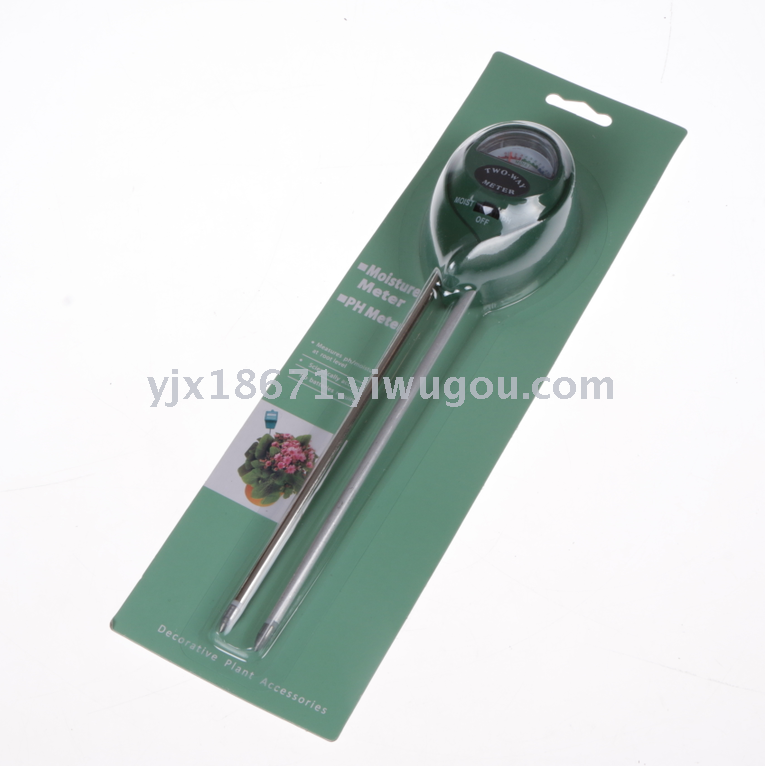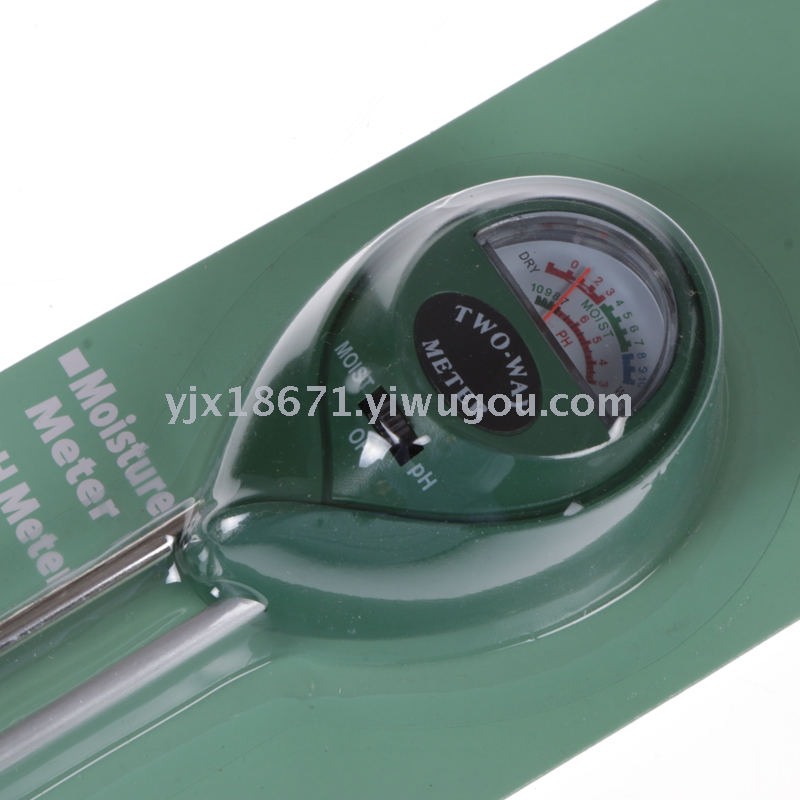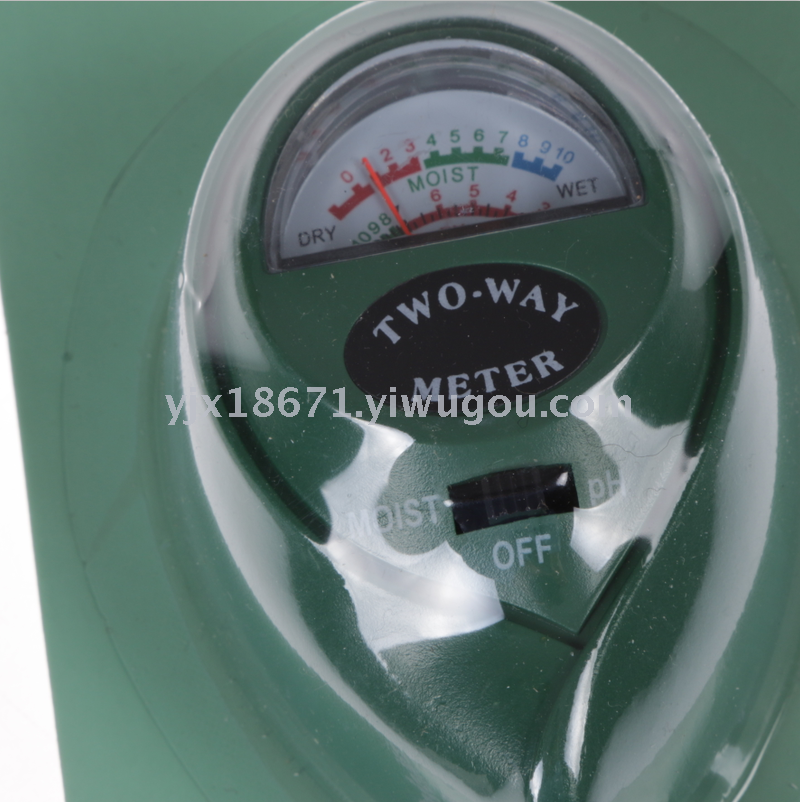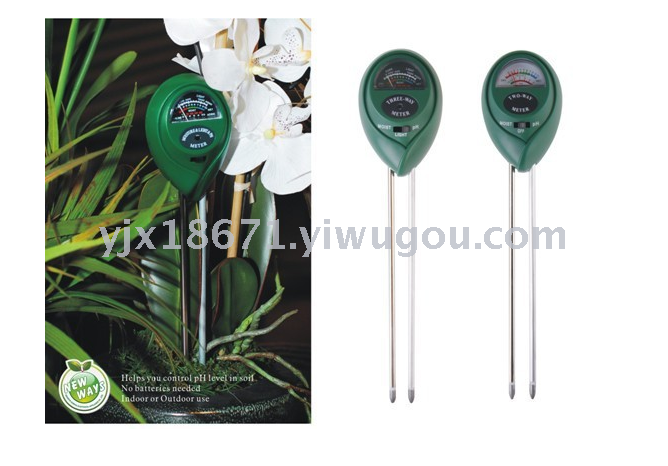X Email Mobile
| EXW Price: |
The price for this item is to be negotiated. Please contact supplier for further information.
|
| Main Products: |
home supplies |
| Contacts: | Yang JuxianChat |
| Mobile: | 86-13516927842 |
| E-mail: | |
| WeChat: | yjx186718 |
| Address: | 18671 , 5 Street, 3 F, 45 Gate, International Trade Mart (District 2). |




Moisture detection:
Use the "MOIST" file. Choose no stone into the probe, the depth of the probe about 1/3 of the probe. At this point in the middle scale (DRY-WET) can read the humidity value if necessary, can add water.
General Description: Red area (1-3): No need to water the water only when the dry and the pointer below the half-range into the line color area (cactus, etc.). Green area (4-7): the need for regular watering when the pointer into the green area after the watering, such as begonias, pineapple, lychee, Tianzhu, Kwai Honglan, orchids, orangutans, ..Wait. Blue area (8-10): can not water, otherwise it will drown the plant.
Use the "LIGHT" file, refer to the following table to determine whether the light is appropriate, otherwise adjust the light source or change the location of the plant.
PH (acid-base area) detection:
Use the "PH" file. Wipe the probe with a paper towel or cotton cloth and insert it into a moist soil. If the reading is in the range of 6.5-7.5, add lime to increase the alkaline or acidic matter. The typical pH of the acidic vegetables is 5.5-7.0 and the fruit is different.
TOP
Items have been added to the Inquiry Basket
There are items in the inquiry basket